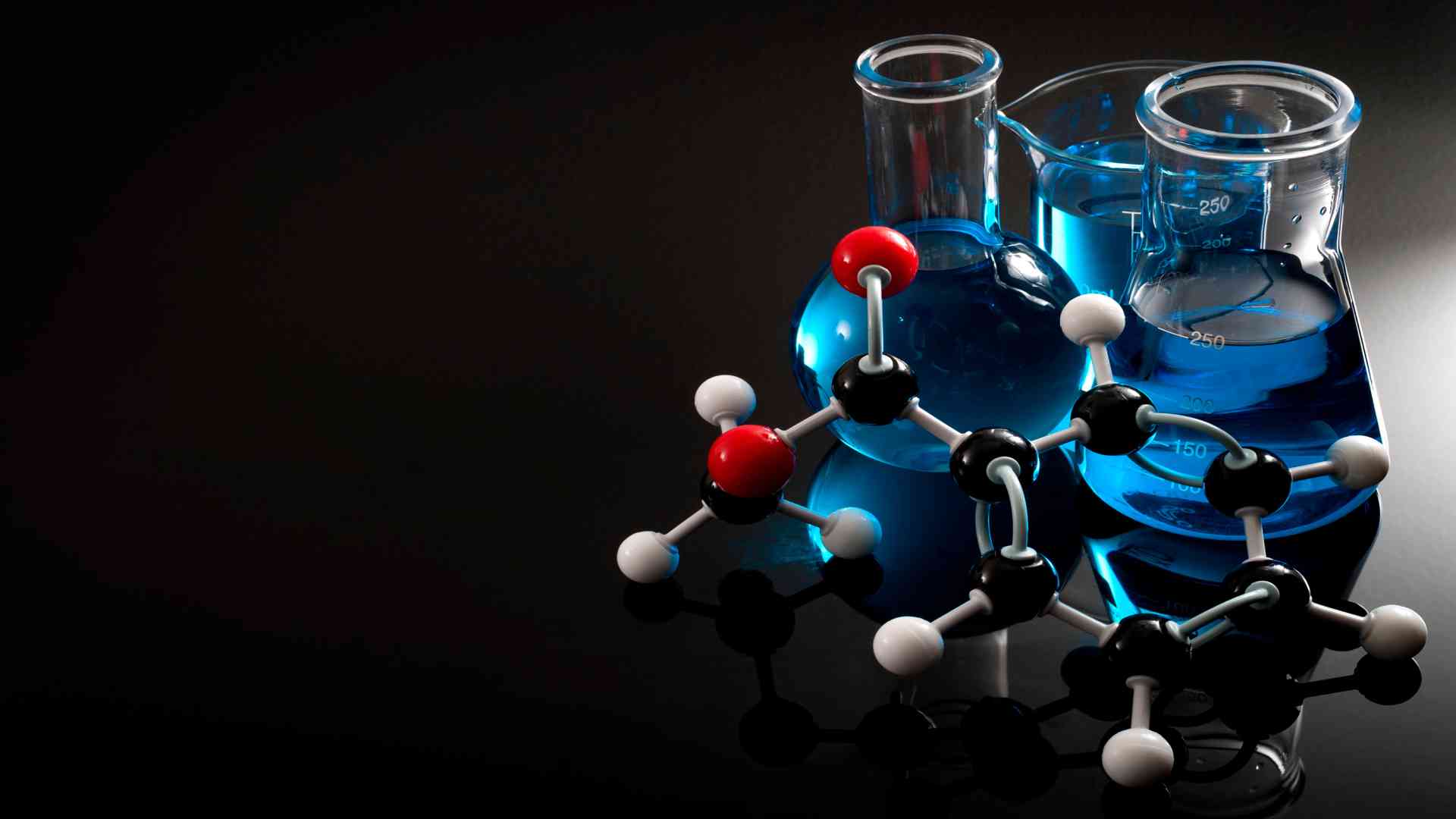Isotopes: What They Are and How They Are Used
Isotopes are chemical element atoms with the same number of protons but differing numbers of neutrons in their nuclei. Boron-10 and Boron-11, for example, are two of the most popular boron isotopes. While all isotope elements have nearly identical chemical properties, their atomic masses and physical properties differ.

Isotopes
Boron Isotopes
Boron isotopes are boron atoms with varying numbers of boron neutrons in their nuclei. Boron has two natural isotopes, 10B and 11B. These elements with different numbers of boron neutrons have slightly different physical and chemical properties.
There are 13 boron radioisotopes with atomic masses ranging from 7 to 21. These isotope elements can be used for various purposes, such as dating old rocks or studying the effects of radiation on living tissue.
Comparison Between Boron Radioisotopes
| Boron Isotope | Boron Protons | Boron Neutrons | Isotopic Mass | Half-life |
|---|---|---|---|---|
| 7B | 5 | 2 | 7.029712(27) | 570(14) ys |
| 8B | 5 | 3 | 8.0246073 (11) | 771.9(9) ms |
| 9B | 5 | 4 | 9.0133296(10) | 800(300) zs |
| 10B | 5 | 5 | 10.012936862(16) | Stable |
| 11B | 5 | 6 | 11.009305167(13) | Stable |
| 12B | 5 | 7 | 12.0143526(14) | 20.20(2) ms |
| 13B | 5 | 8 | 13.0177800(11) | 17.16(18) ms |
| 14B | 5 | 9 | 14.025404(23) | 12.36(29) ms |
| 15B | 5 | 10 | 15.031087(23) | 10.18(35) ms |
| 16B | 5 | 11 | 16.039841(26) | > 4.6 zs |
| 17B | 5 | 12 | 17.04693(22) | 5.08(5) ms |
| 18B | 5 | 13 | 18.05560(22) | < 26 ns |
| 19B | 5 | 14 | 19.06417(56) | 2.92(13) ms |
| 20B | 5 | 15 | 20.07451(59) | > 912.4 ys |
| 21B | 5 | 16 | 21.08415(60) | > 760 ys |
Source: Wikipedia
Boron isotope elements with masses less than 10 decay into helium through short-lived beryllium isotopes for 7B and 9B, while those with masses greater than 11 mostly decay into carbon.
Separation of Boron Isotopes
Boron 10 and boron 11 contain approximately 19.8% 10B, which is beneficial for nuclear applications (neutron absorption efficiency) and electronic applications (electronic properties).
| Property | Property Unit | 10B | 11B |
|---|---|---|---|
| Natural Abundance | % | 19.82 | 80.18 |
| Nuclear Spin | h/2π | 3 | -(3/2) |
| Relative sensitivity | 1H = 1.00 | 0.0199 | 0.17 |
| Magnetic moment | μ/μN | 1.8006 | 2.56227 |
| Quadrupole moment | ×10^(−3) m2 | 8.5 | 4.1 |
| Receptivity | 13C = 1.00 | 22.1 | 754 |
Source: Sciencedirect
Boron isotope separation is commonly achieved through exchange distillation throughout countercurrent columns, such as using ion exchange resigns or amine-BF3 compounds.
The separation factors have values that are greater than 1.02. Enrichment of both isotope elements of up to 99.5 at% is possible. Laser-assisted isotope separation methods have recently been introduced. It is noteworthy that the world has very few separation plants, mainly in Ukraine, China, India, and the USA.
Isotope Applications
Isotope elements may be combined in a variety of applications. For example, the radioactive isotope carbon-14 is used in radiocarbon dating, which allows archaeologists to date organic materials.
The stable isotopes oxygen-18 and deuterium are used in paleo-climatology, which is the study of ancient climates. Isotope elements of hydrogen, carbon, and nitrogen are used in stable isotope ratio analysis, a tool for understanding animal diets.
Isotope elements can also be used in scientific research. For example, scientists use them to study how plants absorb nutrients from the soil. By tracing the movement of these elements through a plant, they can understand how nutrients are taken up and used by the plant.
Isotopes also have applications in industries. For example, iridium-192 is used in examining welding seams in industrial gauges. Tritium, a radioactive isotope of hydrogen, is used in luminous paints.
Boron isotope elements are used to rebuild ancient aquatic ecosystems that define ore genesis and depositional environments, detect groundwater pollution and seawater intrusion, and in research on continental erosion.
Boron 10 and boron 11 are widely used in the nuclear industry. B-10 is used as a chemical shim in boric acid in pressurized water reactors and as sodium pentaborate in boiling water reactors for backup liquid controllers. B-11 can reflect neutrons in the nuclear industry. Boron-10 has recently gained much attention for its possible uses in single photon emitters, deep ultraviolet optoelectronics, and solid-state neutron identification.
Both boron isotope elements serve as food labels beyond the nuclear sector to analyze boron metabolism. 10B also acts as boron neutron capture therapy (BNCT) as a special treatment for brain cancers and tumors. 10B and 11B can create two radioisotopes: C-11 and N-13.
Neutrinos radiated by boron-8 beta decay inside the sun and provide a broad understanding of dark matter direct detection experimental tests. They are expected to be the initial neutrino floor component encountered by dark matter direct detection experimental tests.
These isotope elements, then, are used to study the environment, make products safer, and help us understand the universe around us. They are an essential part of our world and will continue to play a vital role in research into our environment.





